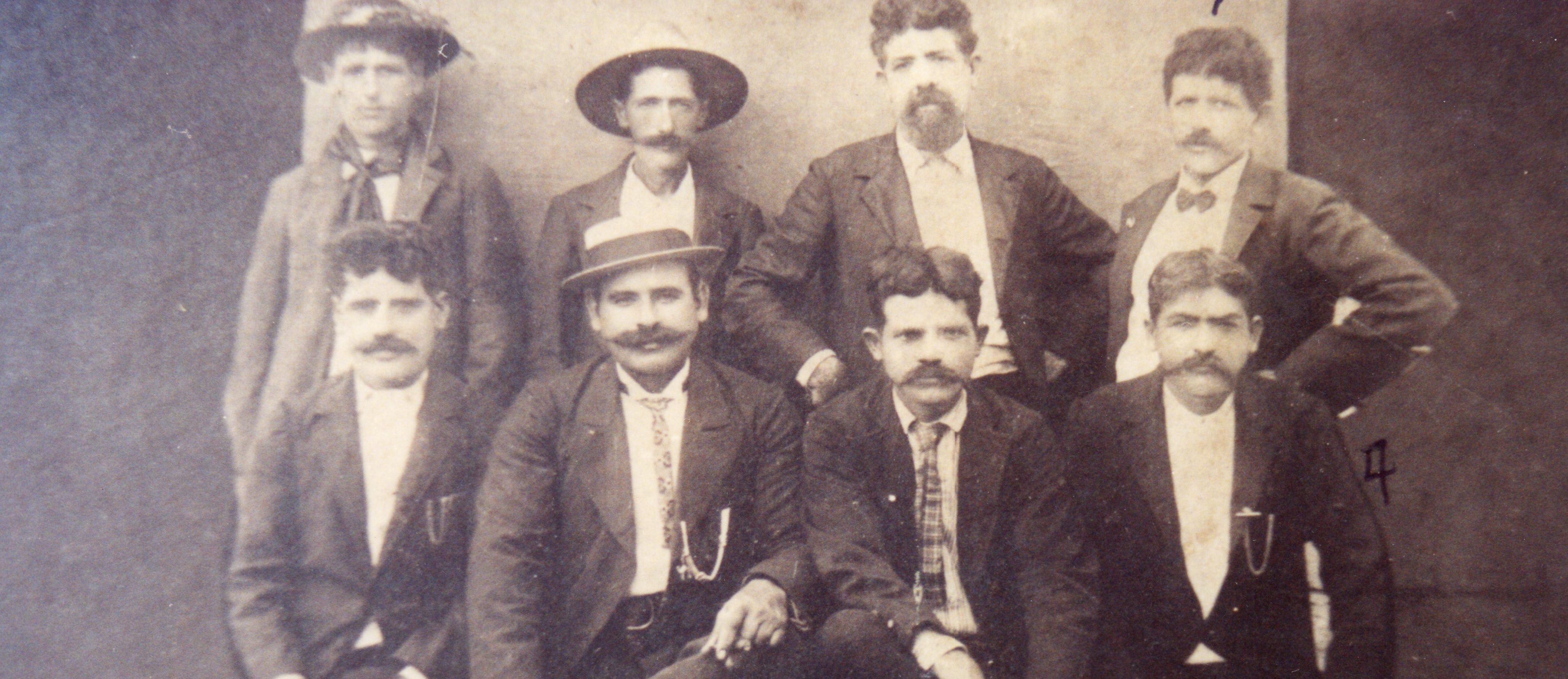Have you ever wondered what it was like for your ancestors working on Hawaii’s sugar plantations? This is a brief look into the typical day of a plantation laborer including the wages they might earn for their work.
A typical day in the life of a plantation worker ca. 1900:
4 am–Wake up. Women prepare breakfast and lunch, men tend to duties around the house
5 am–Whistle blows for all laborers to arise
5:30 am–Wait at designated place for luna, then walk to fields
6:00 am–Work day begins
11:00 am or so–30 minute break for lunch
11:30 or 12 pm–return to fields
4:30 pm–Work day ends. Worker returns home, women prepare dinner and tend to household duties. Men tend to gardens and repairs.
8:00 pm–Curfew/Lights out, workers have 30 minutes for total quiet
Work schedule:
The laborer was expected to work 10 hours a day, 6 days a week.
Type of work:
Both men and women worked in the fields. Tasks may include planting, hoeing rows, ploughing, loading cane, watering. A typical worker would spend 4 hours at a time bent over his/her work.
By 1901, Portuguese males, could rise to the level of luna, but no further. By 1915, they dominated the luna class, but still could not rise any higher. All higher positions were reserved for the American born and Whites (Azoreans and Madeirans were considered caucasian but not white).
Women with babies had special considerations. If they had to work in the field, they tied the baby to their back. Younger children were left at home with older children or older relatives in the same household. Depending on their situation, a woman would try to take in sewing or laundry so as to stay home with the children.
Wages:
Wages were based on ethnicity and gender. Though women worked along side men in the fields and were expected to work as hard, they were paid less than their male counterparts.
Typical Portuguese laborer wage ca 1880: $10 a month for male; $6.50 for female
Some examples of wage disparity by ethnicity:
Blacksmith 1901 (daily)
Portuguese $1.54
Scottish $4.16Carpenter 1901 (daily)
Portuguese $1.54
American $3.67Laborers 1909 (monthly)
Japanese $18
Puerto Rican $22.50
Portuguese $22.50Overseer 1915 (daily)
Japanese $1.86
Portuguese $2.24
American $3.82
Interested in learning more? Check out Pau Hana by Ronald Takaki. An excellent work on the sugar plantations of Hawaii.
© 2002-2021 Melody Lassalle





